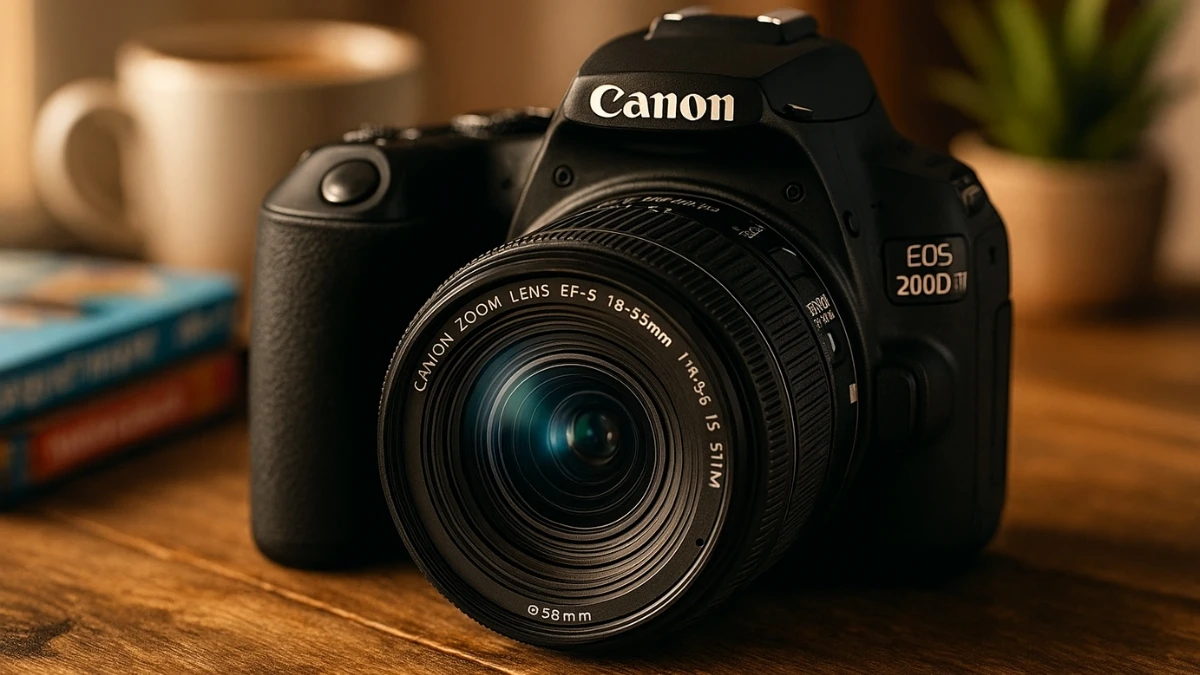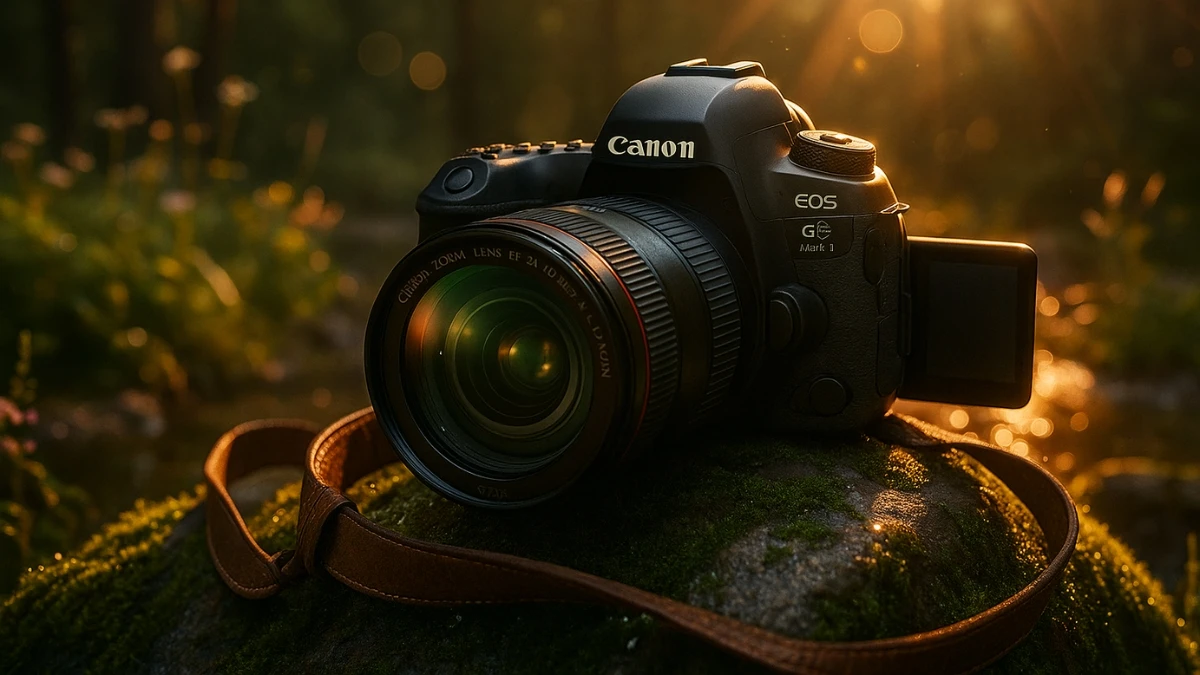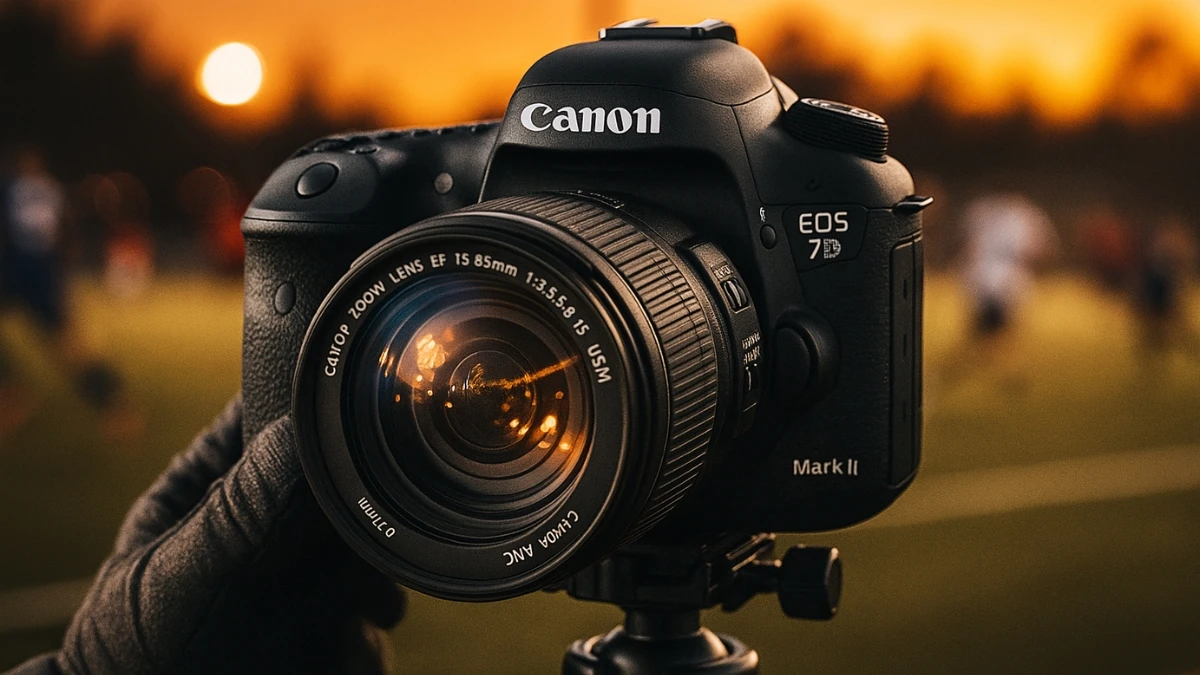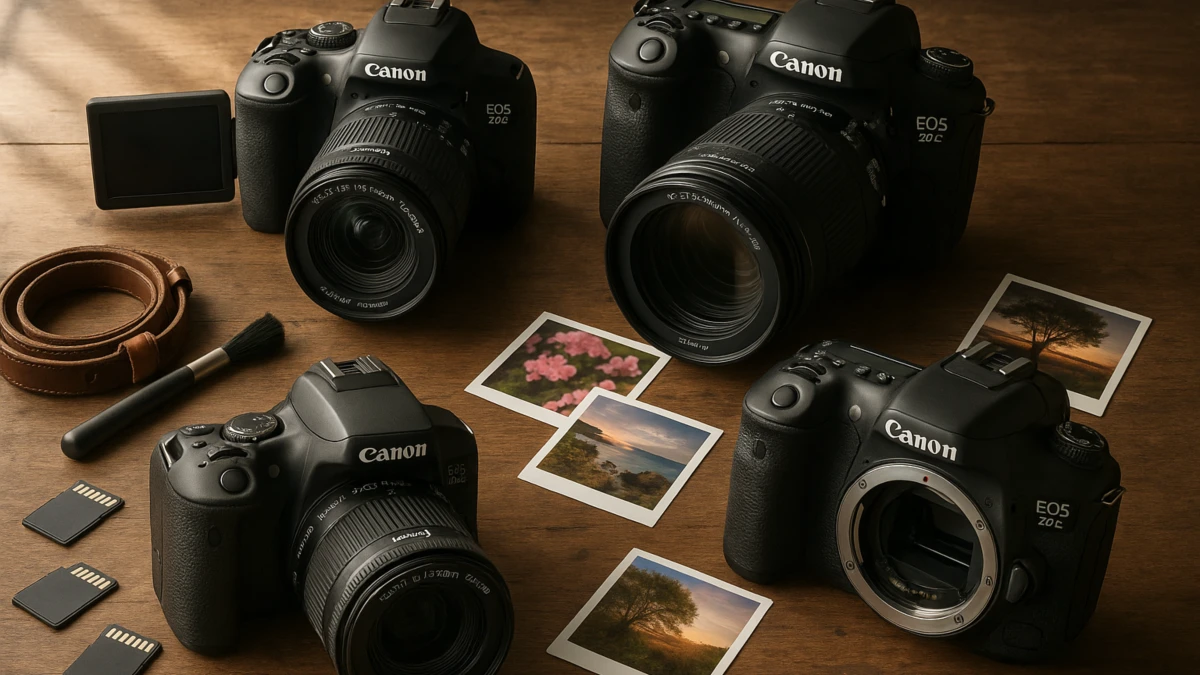After years of dormancy, the legendary Magic Lantern firmware enhancement project has officially returned with a bang. The new lead developer, names_are_hard, announced Magic Lantern's return yesterday on Magic Lantern's forums, bringing with it fresh support for four popular Canon DSLR models that have long been waiting for custom firmware love.
The newly supported cameras include the Canon EOS 200D (Kiss X9, Rebel SL2), EOS 6D Mark II, 750D (Rebel T6i, Kiss X8i), and EOS 7D Mark II—a lineup that spans from entry-level to prosumer territory.
For the filmmaking community, this isn't just exciting news; it's a revival of creative empowerment that could once again transform affordable Canon gear into serious production tools.
The energy is reminiscent of the early 2010s, when Magic Lantern made DSLR filmmaking accessible to all, and early community reactions suggest the enthusiasm is just as strong as it was over a decade ago.
What is Magic Lantern?
Magic Lantern is a free software add-on that runs from the SD/CF card and adds a host of new features to Canon EOS cameras that weren't included from the factory by Canon.
Think of it as unlocking your camera's hidden potential—features that the hardware can handle but Canon chose not to implement in their official firmware.
Started in 2009 by Trammell Hudson and later chiefly developed by developer a1ex, Magic Lantern is free, open-source firmware enhancement software designed for specific Canon DSLR cameras that adds new filmmaking and still photography features.
The original release was for the Canon EOS 5D Mark II, a legendary DSLR that transformed DSLR video creation and helped pave the way for the excellent hybrid mirrorless cameras of today.
The software unlocks a treasure trove of professional features: RAW video recording, focus peaking, zebras, custom overlays, advanced time-lapse options, and so much more.
Versions of Magic Lantern unlocked a diverse range of features, including time-lapse photography without an intervalometer, HDR video recording long before that was an official feature, more granular exposure controls, waveform display, focus peaking, and much more.
While some of the features and tools Magic Lantern added are commonplace today, they were far ahead of their time a decade-plus ago and helped turn prosumer and enthusiast-level cameras into extremely capable professional tools.
It transforms affordable Canon DSLRs into serious filmmaking tools, especially appealing for creators looking to push their gear to the edge without spending thousands.
The Comeback Story
The Magic Lantern story took a dramatic turn around 2020. The old lead dev, a1ex, left the project after years of hard work and everything started to come a bit unglued.
"The documentation was fragmentary," Magic Lantern's new lead dev, names_are_hard, writes. "Nobody understood the build system. A very small number of volunteers kept things alive, but nothing worked well. Nobody had deep knowledge of Magic Lantern code."
A small number of volunteers kept things alive, but a lot of knowledge was lost. The once-thriving community watched as their beloved firmware enhancement tool slowly faded into the background, seemingly another casualty of the industry's shift toward mirrorless cameras.
But behind the scenes, a dedicated group was working to bring Magic Lantern back from the brink.
The development team now includes contributors like g3ggo, kitor, and WalterSchulz, who have spent countless hours not just updating the software, but completely rebuilding its foundation.
The team switched to Git, adopted modern tools, and cleaned the entire code to reduce bugs and improve performance. This work, although invisible to users, lays a solid foundation for future releases.
The official Magic Lantern forum is buzzing again with builds, logs, bug tests, and feedback threads, and the excitement is palpable.
One recurring sentiment on the forum was the hope that ML development could return to a single, clean build—instead of fragmented forks and scattered features.
Users praised the core team's new Git-based build system and expressed hope that this would unify the ecosystem going forward.
The New Camera Support
The return of Magic Lantern isn't just about nostalgia—it's about expanding support to cameras that have been waiting years for custom firmware love. Here's what each newly supported model brings to the table:
Canon EOS 200D (Kiss X9, Rebel SL2)
The EOS 200D has working RAW video, with DPAF, and Dual ISO. The RAW video output is a bit quirky, but useful results can be obtained with patience. This is particularly exciting for entry-level filmmakers, as at ISO 100, the 200D has two stops more dynamic range than EOS M when enhanced with Magic Lantern.

Canon EOS 6D Mark II
The full-frame 6D Mark II represents a sweet spot for many photographers and videographers—offering professional image quality at a more accessible price point. With Magic Lantern support, users can expect to unlock advanced video features and enhanced manual controls that weren't available in Canon's stock firmware.

Canon EOS 750D (Rebel T6i, Kiss X8i)

This APS-C model has long been popular among enthusiasts and semi-professionals. Magic Lantern support means access to features like focus peaking, zebras, and potentially RAW video capabilities—transforming what was already a capable camera into something much more powerful.
Canon EOS 7D Mark II

As Canon's flagship APS-C DSLR of its era, the 7D Mark II was built for serious photography and video work. Magic Lantern support could unlock its full potential, offering professional filmmakers another affordable option for high-quality production work.
The newly supported models do not yet have all their features unlocked. There are utility features available, but the team is working steadily to expand functionality across all supported cameras.
Community Impact & Real-World Success Stories
The Magic Lantern community has always been passionate, and the return has sparked an outpouring of excitement and shared memories. Some even shared success stories, like shooting corporate gigs with a T3i and Magic Lantern or doing time-lapse work on high-budget projects using ML's intervalometer.
One Reddit user shared an incredible success story: "I once shot a time-lapse project for a multi-billion dollar company using a $600 Canon T3i with Magic Lantern. We stayed at the Hilton in the Bahamas for five days—paid handsomely." This perfectly encapsulates what Magic Lantern has always been about—democratizing professional filmmaking tools.
Redditor aris_apollonia recalls buying a Canon EOS 5D Mark III "purely because of the RAW video capability through Magic Lantern." "Recently I re-processed some of my material from over 10 years ago, using a CST to an ARRI color space, and I was blown away by how amazing those files look before you even do any creative grading," aris_apollonia writes.
Other users chimed in with their experiences using Magic Lantern-enhanced Canon cameras, even entry-level models, to do professional, award-winning work that would have otherwise been impossible or at least prohibitively expensive.
This return feels deeply personal for many in the community—a revival of creative empowerment using budget Canon gear. For independent filmmakers, students, and creators working with limited budgets, Magic Lantern has always represented possibility—the chance to compete with much more expensive equipment through clever software enhancement.
Future Outlook: Mirrorless on the Horizon?
Perhaps the most exciting aspect of Magic Lantern's return isn't just what's available now, but what might be possible in the future.
The revived project aims to offer regular updates and support for additional models, including compatibility for Canon's newer mirrorless cameras equipped with DIGIC X processors.
Magic Lantern dev kitor directly joined the thread to confirm that Digic 8 and even Digic X are being explored—though they remain technically challenging: "In fact, we are. Digic 8 is stubborn, and X adds undocumented hardware… but we're working on it."
In the future, we can expect support for DIGIC 8 models as porting the software should now be easier with a solid framework to build on, according to the ML team.
This could potentially mean Magic Lantern support for modern Canon mirrorless cameras like the EOS R5, R6, and R7—a development that would be absolutely game-changing for the community.
The possibility of Magic Lantern running on modern mirrorless cameras represents more than just technical achievement; it could bring professional-level features to a whole new generation of cameras and creators.
Imagine unlocking advanced RAW video capabilities, enhanced manual controls, and custom features on cameras that are already incredibly capable.
Important Disclaimers & Conclusion
Before anyone gets too excited and rushes to install Magic Lantern, it's crucial to understand the risks involved. Magic Lantern is not approved nor endorsed by Canon in any way, and using it will probably void your warranty. There is always a risk that a camera could be bricked by installing third-party software.
Magic Lantern still comes with risks. It is unofficial software, unsupported by Canon, and installation could void your warranty or even brick your camera if not done properly. Anyone considering Magic Lantern should thoroughly research the process, understand the risks, and proceed with extreme caution.
That said, Magic Lantern's return is more than a software update—it's a signal. A signal that community-driven innovation still thrives, that cameras are more than what manufacturers lock inside them, and that creativity doesn't need to cost thousands.
For the filmmaking community, this comeback represents hope—hope that affordable tools can still compete with expensive equipment, hope that passionate developers will continue pushing boundaries, and hope that the spirit of innovation that made DSLR filmmaking possible in the first place is alive and well.
For filmmakers, this means affordable Canon bodies may once again become viable creative tools—ideal for short films, indie productions, or even experimental content that needs RAW flexibility without a RED or Blackmagic budget.
Magic Lantern is back, and for anyone willing to take the risk, it's ready to transform their Canon DSLR once again.
The question isn't whether Magic Lantern will succeed in its comeback—based on community enthusiasm and the technical improvements already delivered, it already has. The question is how far this passionate community of developers and users will push the boundaries of what's possible with a camera and some clever code.






